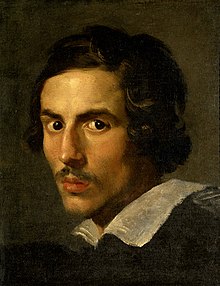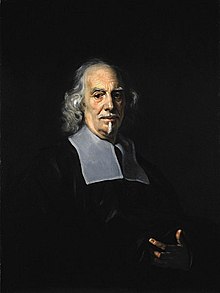 Continued from previous post.
Continued from previous post.

Self-portrait of Bernini, 1623
Passion is like a tornado, its frenzied whirlwind is felt in Bernini’s every sculpture. Bernini’s marble breezes passion, feeling known to him only so well.
He had a mistress, you see. She was a beautiful married woman named Constance. Some well-wisher told Bernini that Constance was cheating on him with his brother Luigi, no less. Furious, overcome with jealousy, Bernini informed everyone that he was leaving town for a few days. By the day’s end he showed up at Constance’s house. The rumor, unfortunately, turned out to be true.
Betrayed, enraged, Bernini would have killed his own brother, but the guards arrived and prevented murder about to occur. Then he sent his servant to exact an awful punishment on his cheating lover. The servant cut Constance’s face with a knife, ruining the woman’s beauty forever.
The year was of Our Lord 1640. By his late teens, Bernini had already established himself

Gian Lorenzo Bernini in 1665, painted by Giovanni Battista Gaulli.
as a prodigious artist. He received his first major commissions from rapacious art lover Cardinal Scipione Borghese. The early works executed for the Cardinal won Bernini such acclaim that praise and accolades began to pour in. In 1621, Bernini was knighted, and in 1629, he was named the Official Architect of Saint Peters, one of the highest honors an artist could wish for. The artist frequented papal and royal circles, and was fervently admired even outside of Italy.
Thus punishment for all his crimes was far from harsh — Bernini had to pay a modest fine. And then the pontiff, who considered the sculptor to be his friend, sentenced him to… marriage to the most beautiful girl in Rome.
However, the dark streak wasn’t over. In 1646, the bell tower Bernini created for the façade of St. Peter’s had to be demolished after it developed worrisome cracks, and the shame of this failure proved almost too much for the artist to bear: contemporary sources say Bernini took to his bed and fasted almost to the point of death.

Ecstasy of Saint Teresa. 1647-52
Then Bernini created The Ecstasy of Saint Theresa, and immediately revived his career. It was a success that started a new era in Bernini’s artistic life and popularity that lasted until his death in 1680.

Blessed Ludovica Albertoni. 1671-73
Indeed, “The Ecstasy of Saint Teresa” and “Blessed Ludovica Albertoni” are the two masterpieces that did not allow Bernini to fade into obscurity in the declining years, as happened with many great ones.

A wild and miraculous cocktail it was, mix of carnal passion and spiritual desire. Look at these young nuns, not at all burdened with asceticism, and you will understand why Bernini was kindly treated, despite his criminal episode and epic failures.
